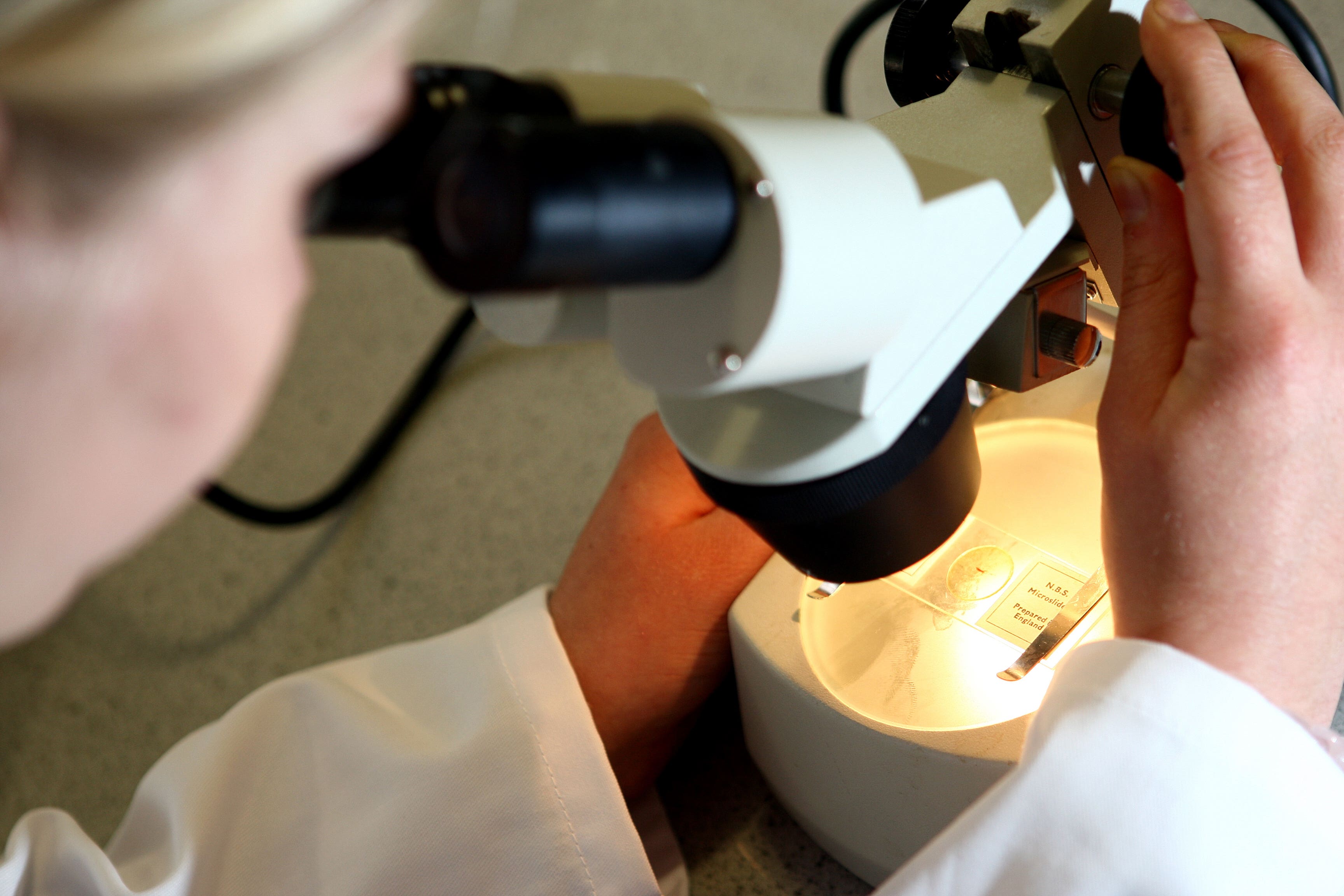Scientists create embryo-like structures from monkey cells
When implanted, these structures induced pregnancy signs in female macaques.

Your support helps us to tell the story
From reproductive rights to climate change to Big Tech, The Independent is on the ground when the story is developing. Whether it's investigating the financials of Elon Musk's pro-Trump PAC or producing our latest documentary, 'The A Word', which shines a light on the American women fighting for reproductive rights, we know how important it is to parse out the facts from the messaging.
At such a critical moment in US history, we need reporters on the ground. Your donation allows us to keep sending journalists to speak to both sides of the story.
The Independent is trusted by Americans across the entire political spectrum. And unlike many other quality news outlets, we choose not to lock Americans out of our reporting and analysis with paywalls. We believe quality journalism should be available to everyone, paid for by those who can afford it.
Your support makes all the difference.Scientists have created embryo-like structures in the laboratory using cells from monkeys.
Under the microscope, these structures looked identical to real early embryos or blastocysts – the ball of cells that usually goes on to make the placenta and baby.
When transferred to the womb of female macaques, these structures induced the release of a hormone associated with pregnancy.
However, the researchers said they did not go on to form foetuses and disappeared after about a week.
But they added the findings, published in the journal Cell Stem Cell, show how animal models could be used to understand more about how human embryos develop, and why miscarriages occur.
Study author Zhen Liu, of the Chinese Academy of Sciences (CAS) in Shanghai, said: “Because monkeys are closely related to humans evolutionarily, we hope the study of these models will deepen our understanding of human embryonic development, including shedding light on some of the causes of early miscarriages.”
In the study, eight female macaques received the embryo-like structures but only three were successfully implanted.
This implantation resulted in the release of the progesterone and chorionic gonadotropin (HCG) hormone which, in humans, can be detected using a pregnancy test.
Because monkeys are closely related to humans evolutionarily, we hope the study of these models will deepen our understanding of human embryonic development, including shedding light on some of the causes of early miscarriages
Once in the womb, the embryo-like structures also led to the formation of early gestation sacs – which develop early in pregnancy to enclose an embryo and amniotic fluid.
But the signs of pregnancy disappeared within a week, suggesting these structures do not have full developmental potential, the researchers said.
However, the team said the study of human embryo development and early organ formation remains largely unexplored due to ethical issues surrounding the use of embryos for research and their work could help in addressing that.
It comes as the Human Fertilisation and Embryology Authority (HFEA) – the UK’s independent regulator of fertility treatment and research using human embryos – is reviewing the legal code of practice on embryo research.
At present, research on human embryos can happen only under a licence in the UK and has a 14-day cut-off point.
Commenting on the study, Roger Sturmey, professor of reproductive medicine at Hull York Medical School at the University of Hull, said the work “will offer important new tools in our understanding of the earliest stages of embryo development, but also highlight the need for guidance in this area, something that scientists in the UK are actively working on.”
Professor Robin Lovell-Badge, group leader at the Francis Crick Institute in London, said the findings “will give regulators some breathing space to develop appropriate rules for the culture of such human models, notably whether they can be taken beyond the equivalent of gastrulation stages (roughly between 14 and 21 days after fertilisation)”.
Dr Darius Widera, associate professor in stem cell biology and regenerative medicine at the University of Reading, said the “ethical implications of embryonic stem cell research in monkeys are complex”.
He added: “Primates are intelligent, social animals with complex cognitive and emotional lives.
“Therefore, it is important to carefully consider both the potential benefits and the ethical impact of primate embryonic stem cell research.”